The Award Letter, also known as your financial aid package, is a conditional offer of the amount of funding that you are eligible to receive. The amount of funding offered in the Award Letter is based on federal eligibility requirements, availability of funds, and enrollment level.
When you apply for federal student aid, the information you report on the Free Application for Student Aid (FAFSA) is used to calculate your Expected Family Contribution (EFC). The formula used to calculate your EFC is used to measure your family’s financial strength based on their income and assets. Your Cost of Attendance (COA) and your EFC are used to determine your eligibility for federal student aid.
Cost of Attendance (COA)
– Expected Family Contribution (EFC)
= Financial Need
Revisions to this offer can occur during the award year if there are enrollment changes, additional educational funding is received, or Satisfactory Academic Progress (SAP) is not maintained.
See “Types of Financial Aid” above for the requirements of each fund that a student may be eligible for.
Once you have completed all Steps to Financial Aid for Clatsop Community College and are eligible, you will be sent instructions via your email address on how to access your Award Letter. You will receive other information along with your initial Award Letter concerning the details of receiving and maintaining financial aid such as the Satisfactory Academic Progress Policy (.pdf, 92 KB) and Award Information and the Conditions of Accepting Financial Aid at Clatsop Community College (.pdf, 46 KB). It is your responsibility to read and understand your Award Letter and all enclosures which could also include additional steps that you may need to take such as:
Official Transcripts
Students must also submit official grade transcripts from all previously attended post-secondary institutions to the Student Services Center front desk. This is a financial aid requirement, and a hold will be placed on any financial aid award offer until all official transcripts have been submitted. Once official transcripts are received and evaluated, either the hold will be taken off of your financial aid award or a revision might need to be made to your award or your award offer may need to be revoked if you are over the maximum credit limit as defined in our Satisfactory Academic Progress Guidelines (.pdf, 62 KB).
If you are eligible for a student loan at Clatsop, you will receive an Estimated Loan Request with your Award Letter. The Loan Request will state the type (subsidized and/or unsubsidized) and estimated amount of loan that you are being offered. You may take out the maximum loan(s) you are offered or a lesser amount than offered by requesting it on the Loan Request form. However, you must follow all steps if you wish to activate your loan(s). Your loan(s) will not be activated or certified until you have completed all required steps. Loans may take up to 3 weeks to process from the time you submit a completed Loan Request and required documents. If you choose not to borrow the loan(s) offered on your Loan Request, do not submit the paperwork. Note that the processing of loans for the fall term usually begins approximately August 1.
Other Resources and Over Awards
Over awards can occur when the total of your financial aid funding (grants, loans, work-study) and other resources (scholarships, outside agency funding such as Trade Act, etc) are greater than your Cost of Attendance (.pdf, 20 KB). Many other resources are run through the Business Office which then notifies financial aid. Still, it is really the student’s responsibility to notify the Financial Aid Office when receiving scholarships or outside resources toward educational costs.
Federal regulations prevent institutions from offering any financial aid that exceeds the cost of attendance when all outside resources and financial aid are combined. Exceptions to this rule are Pell Grants and the Oregon Opportunity Grants which are entitlements and will not be reduced due to other resources. To comply with regulations, financial aid is required to apply resources to the cost of attendance and make any necessary adjustments. Any adjustments to the financial aid award are made in the following order: Unsubsidized Loan, Subsidized Loan, Federal Work Study, SEOG. However, if an over-award still exists, you are responsible for the repayment of the amount that exceeds eligibility regardless of the reason the over-award occurred.


